Malta is so beautiful! It was great to visit a historic hospital site at this Island.
The Sacra Infermeria in Valetta was a 16th century Hospital run by the Holy Infirmary of the Knights of St. John’s (or Knights Hospitaliers) and was for centuries, one of Europe’s leading hospitals. Building began in 1574, and was completed by the 16th century. The Order of Malta, who has a mission to heal the sick with their origins being in 11th century Jerusalem, wished to care for the island’s sick ad dying, and to shelter pilgrims in need. There has been about 400 years of generations of patients treated in this Historic Hospital. This is Europe’s longest hospital ward which accommodated 563 beds – a number that in an emergency surged up to 914.
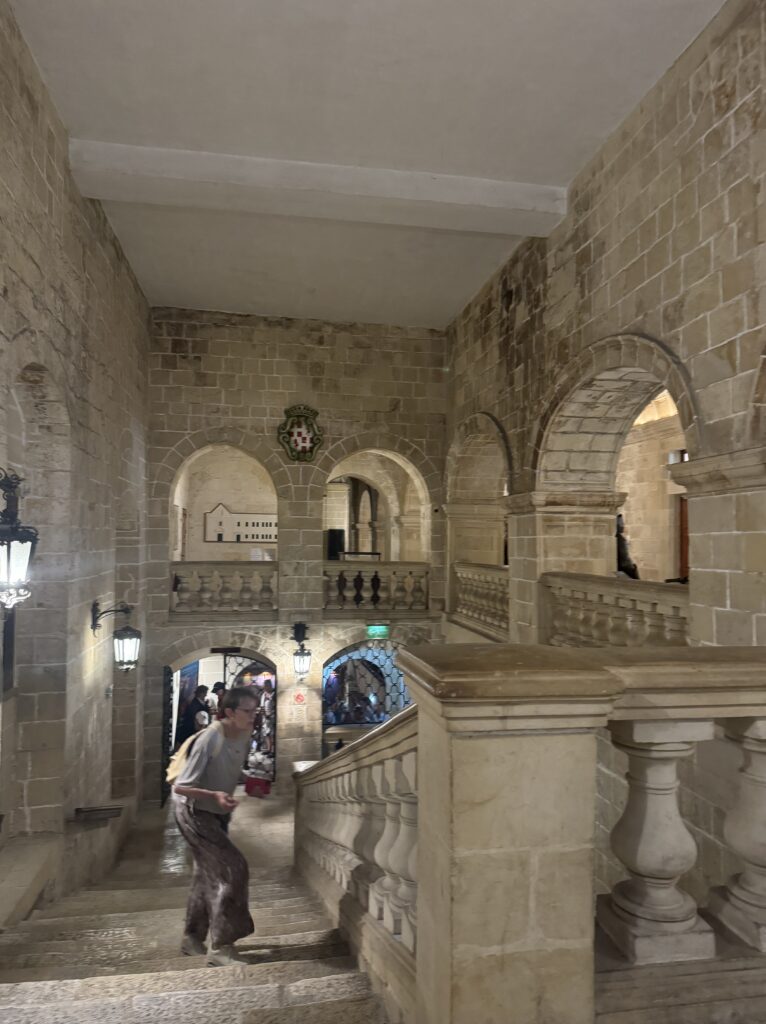
When I arrived, I walked down some stairs and into a gift shop area then our tour was brought to a theater area to watch a video introduction about the Sacra Infermeria. Then afterwards, we were joined by a tour guide who had us all put stickers on that said we could be in the building, then we went to another theater called the Republic Hall where she spoke to us for some time about the facility and then followed up with a tour of the hospital afterwards. Here are some of the notes I wrote down during her talk.
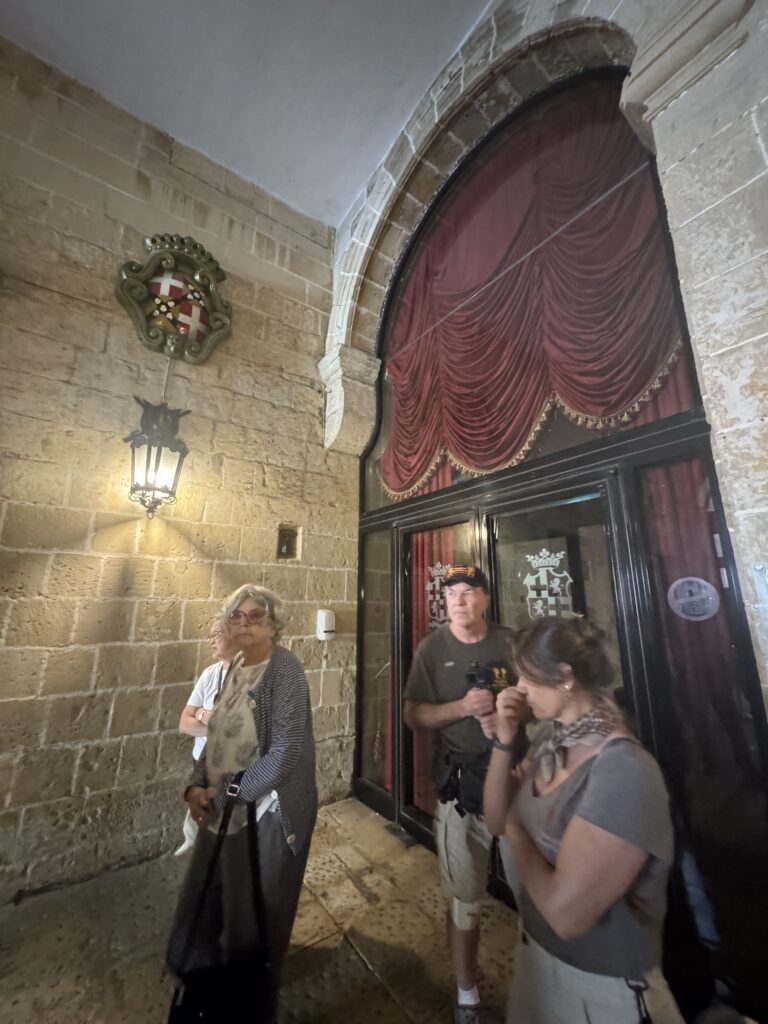
There was a large ward and a small ward, and the small ward was used for 20 patients who were dying. There were also wards for surgeries, for sick convicts, people with intestinal disorders, the Knights’ Ward for members of the order, and to wards for the removal of bladder stones, and there was a small area for those suffering from contagious or venereal diseases. (Citation: https://orderofmaltawestern.us/the-sacra-infermeria-in…/)
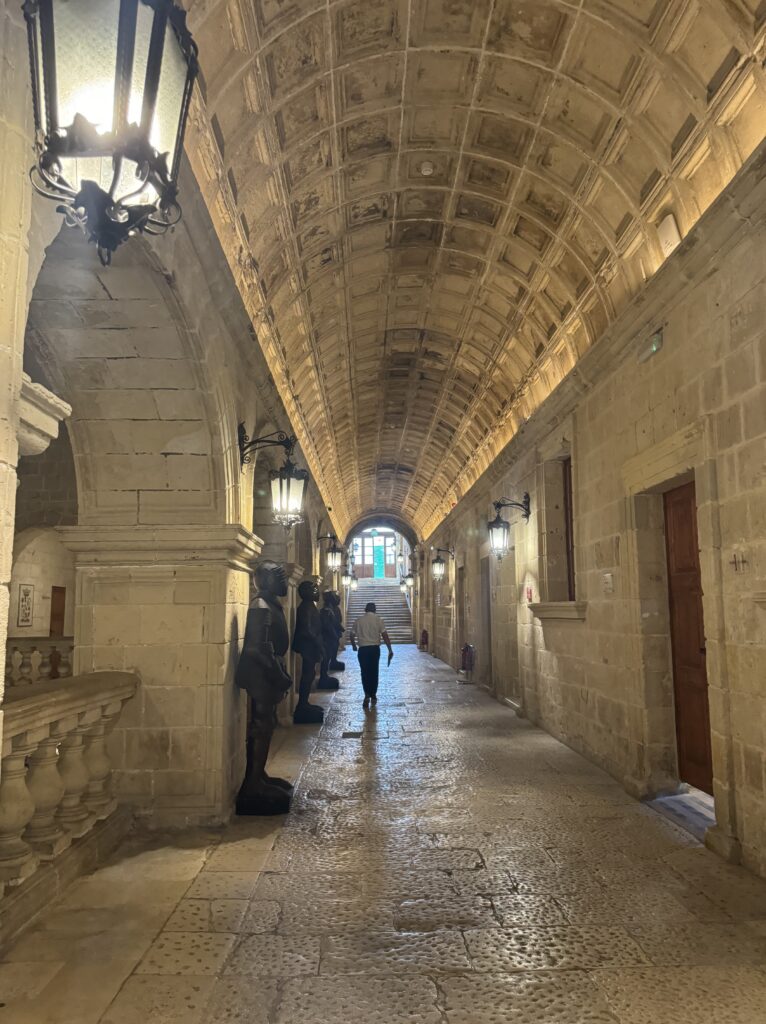
Notes from Sacra Infermeria tour:
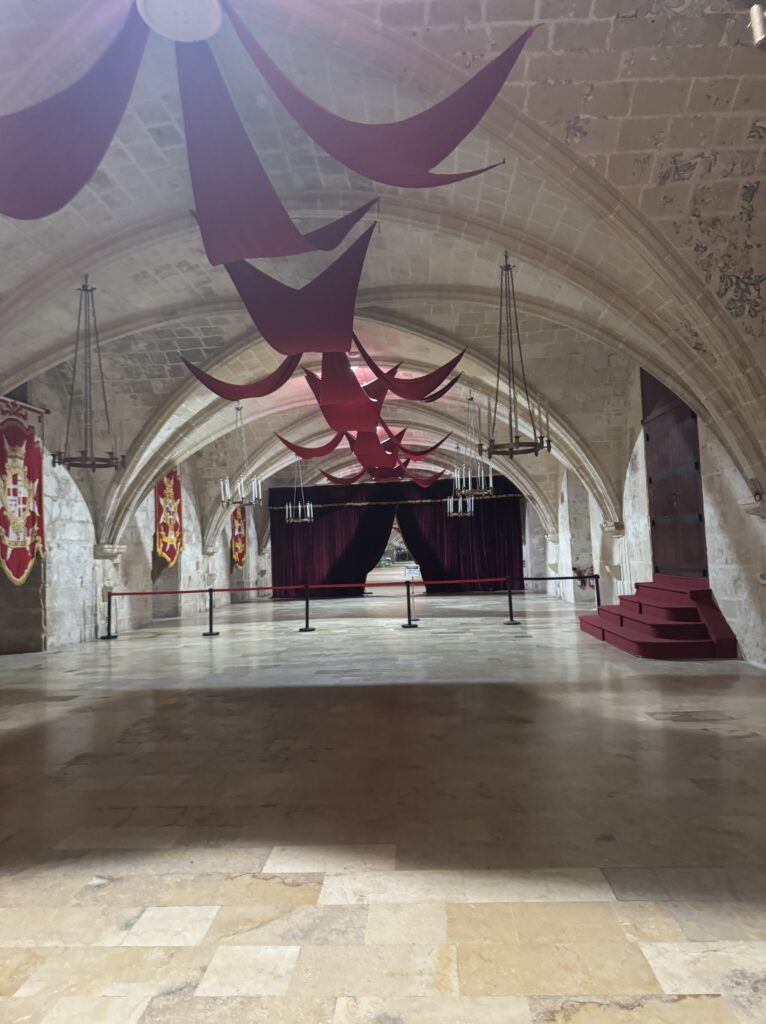
• 6 levels total
o Level 1-Knights and doctors, offices for clinicians
o Level 2 – Ward for the rich. Long ward hall is 155m, 520’, can have 400 beds and surge to 914 cases.
o Level 3 – Garden
o Level 4 – Ward for the poor
• The rich paid, the poor did not
• All races and all religions, but no women! (The Knights of St John’s were not allowed to treat women or have them enter their facilities, per the tour guide)
• No plague patients here, they were cared for at Manuel Island.
• All from all other countries quarantined, ,40 days. That is where the ward quarantine comes from in Spanish and Italian – 40.
• Biblical – 40 days and 40 nights
• Vinegar on wounds, sea salt on wounds. Honey on infections. Sea salt preserved food
• Anesthetic was invented in 1870, before then, opium was used.
• With no anesthetic then, speed was everything for instance it took 1.5 minutes to remove of kidney stone at that time while today it would take 20-30 min.
• Women couldn’t even say goodbye when a man was dying in the facility, they were not allowed.
• 1979 fire in theater, 1989 Cold War
• Diff ward between rich and poor, the poor wing was in a lot of ways nicer.
• 4 patients per bed, they used a long rod to reach inner bed patients
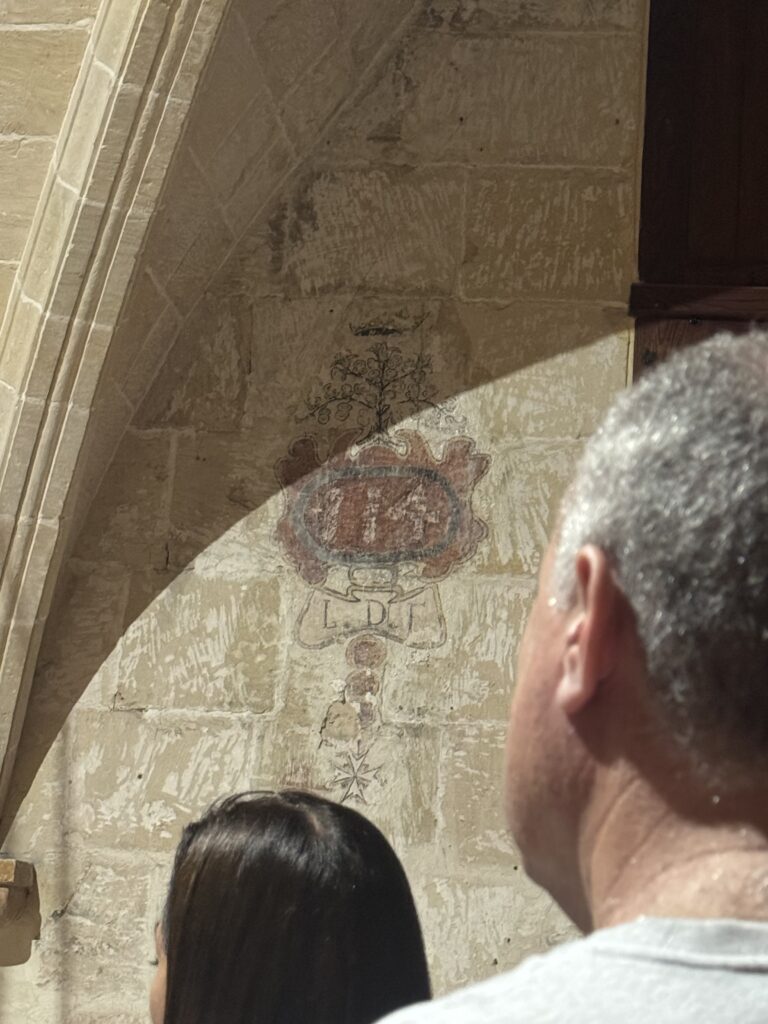
• Windows to garden
• Curtains around bed indicate sickness type
• Painted ceilings, didn’t survive because of porousness of limestone
• Upstairs became a police station on 3rd, cavalry on 2nd below
• Underneath (lower level) became a psych ward
• Passage tunnel for Knights to be able to escape
• Sea is rising creating a danger to the building
• Lit with torches and candles originally
• Malta doesn’t exist without the Turks
• 30,000 siege of Ottomons on Malta
• Story has started to be taught in schools in Turkey (of Malta)
• Valletta built after siege.
The Knights had high standards for medical treatment and hygiene. They used hospital tableware made of silver because it was easier to clean.
In 1800, the hospital went through a transition as British military forces took over the building for their use. A lot of modernization happened then. During WWI, the infirmary was a sanctuary to thousands of servicemen injured. It was situated near the Harbour where many of the sick and wounded came in from. Later the hospital was had a change of use to a Police Headquarters and also part of it was used as stalls for the Horses of Mounted Police.
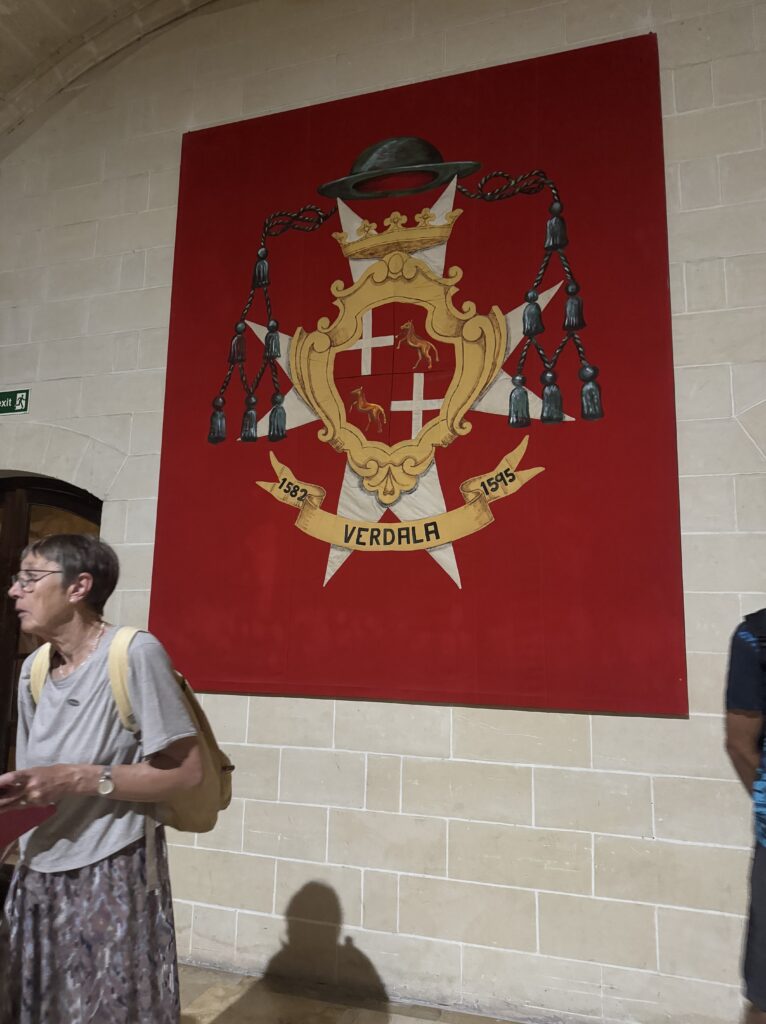
During WWII, police headquarters suffered some direct hits and there was reconstruction and restoration needed to provide a major conference center to Malta. There was then a fire in 1987 to the new theater or Republic Hall and there was another restoration project to repair the facility which finished construction in 1989. (Citation: https://themaltaexperience.com/la-sacra-infermeria/)